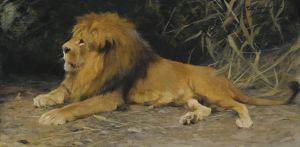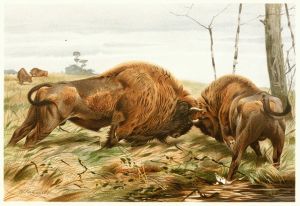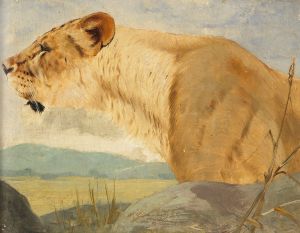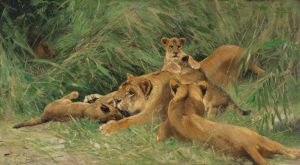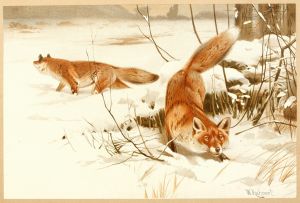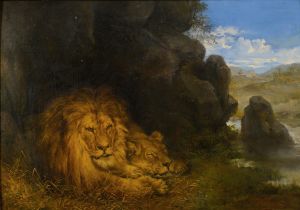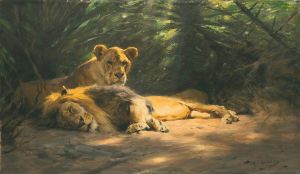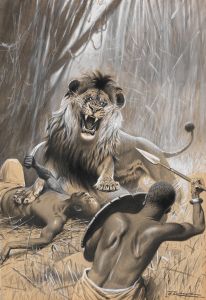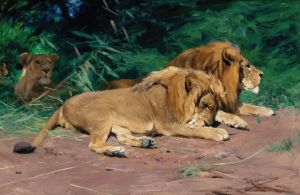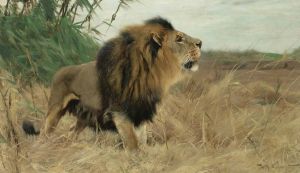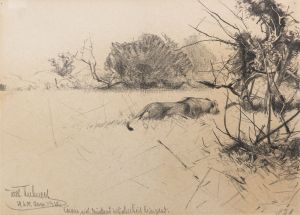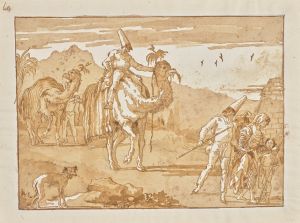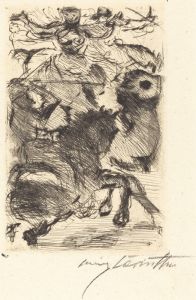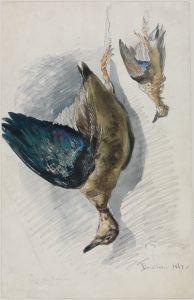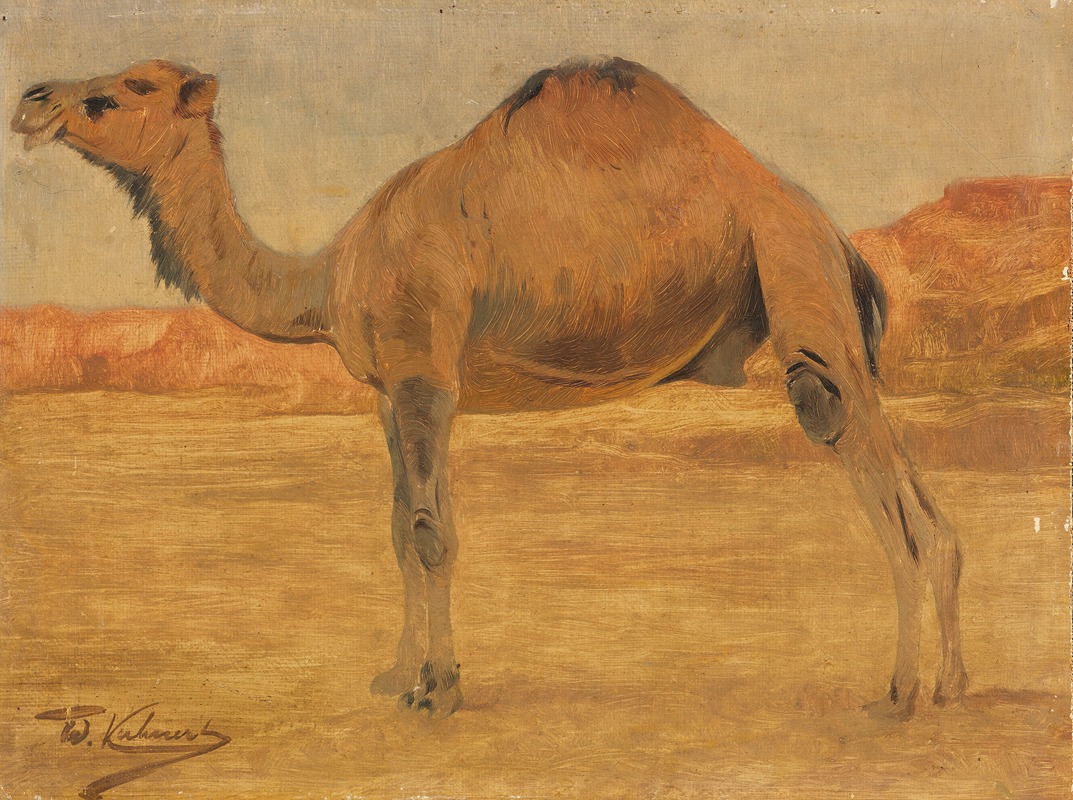
Dromedar
A hand-painted replica of Wilhelm Kuhnert’s masterpiece Dromedar, meticulously crafted by professional artists to capture the true essence of the original. Each piece is created with museum-quality canvas and rare mineral pigments, carefully painted by experienced artists with delicate brushstrokes and rich, layered colors to perfectly recreate the texture of the original artwork. Unlike machine-printed reproductions, this hand-painted version brings the painting to life, infused with the artist’s emotions and skill in every stroke. Whether for personal collection or home decoration, it instantly elevates the artistic atmosphere of any space.
Wilhelm Kuhnert (1865–1926) was a renowned German painter, illustrator, and author, celebrated for his detailed and realistic depictions of wildlife. He is particularly known for his work in the genre of animal painting, where he captured the essence of various species with remarkable precision and artistry. One of his notable works is "Dromedar," which showcases his skill in portraying animals in their natural habitat.
"Dromedar" is a painting that features the dromedary camel, a species well-adapted to the harsh conditions of the desert. Kuhnert's expertise in animal anatomy and his keen observation skills are evident in the meticulous detail with which he renders the camel's form and texture. The painting likely reflects Kuhnert's interest in exotic wildlife and his travels to Africa, where he gathered inspiration and material for his work.
Kuhnert's approach to painting was influenced by his academic training and his dedication to studying animals in their environments. He often traveled to Africa and other regions to observe wildlife firsthand, making sketches and notes that he would later use in his studio. This practice allowed him to capture the authenticity and vitality of his subjects, setting his work apart from other animal painters of his time.
In "Dromedar," Kuhnert employs a naturalistic style, focusing on the camel's distinctive features such as its long legs, single hump, and expressive eyes. The background of the painting is typically sparse, emphasizing the arid landscape that is characteristic of the camel's habitat. This compositional choice not only highlights the animal but also conveys a sense of the vastness and harshness of the desert environment.
Kuhnert's work, including "Dromedar," was highly regarded during his lifetime and continues to be appreciated for its artistic and scientific value. His paintings were exhibited widely, and he became a member of several prestigious art societies. His contributions to the field of wildlife art have left a lasting legacy, influencing future generations of artists who seek to depict animals with accuracy and empathy.
The painting "Dromedar" is a testament to Kuhnert's ability to blend artistic skill with scientific observation, creating works that are both visually striking and informative. His dedication to capturing the spirit of the animal world has earned him a place among the foremost wildlife artists of his era.
While specific details about the provenance or current location of "Dromedar" may not be readily available, Kuhnert's body of work remains significant in the study of wildlife art. His paintings are held in various collections, both public and private, and continue to be studied and admired by art enthusiasts and scholars alike.





